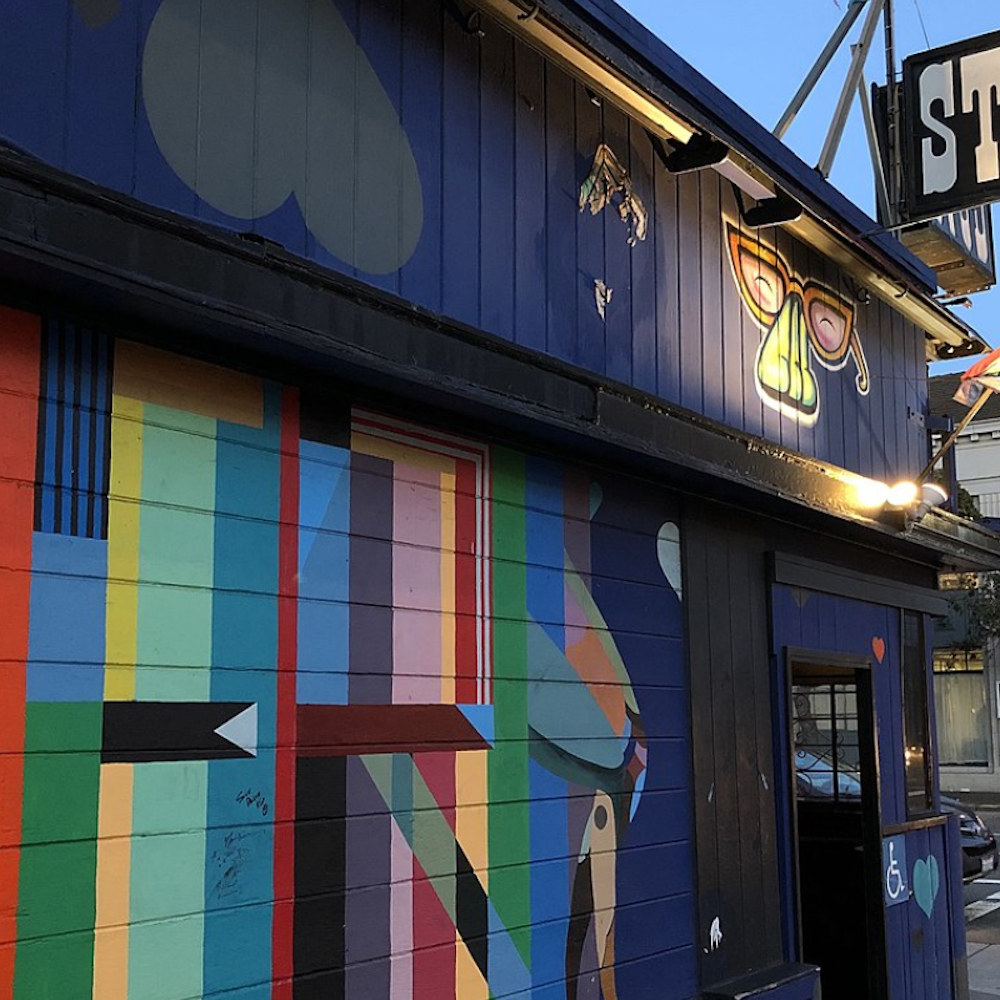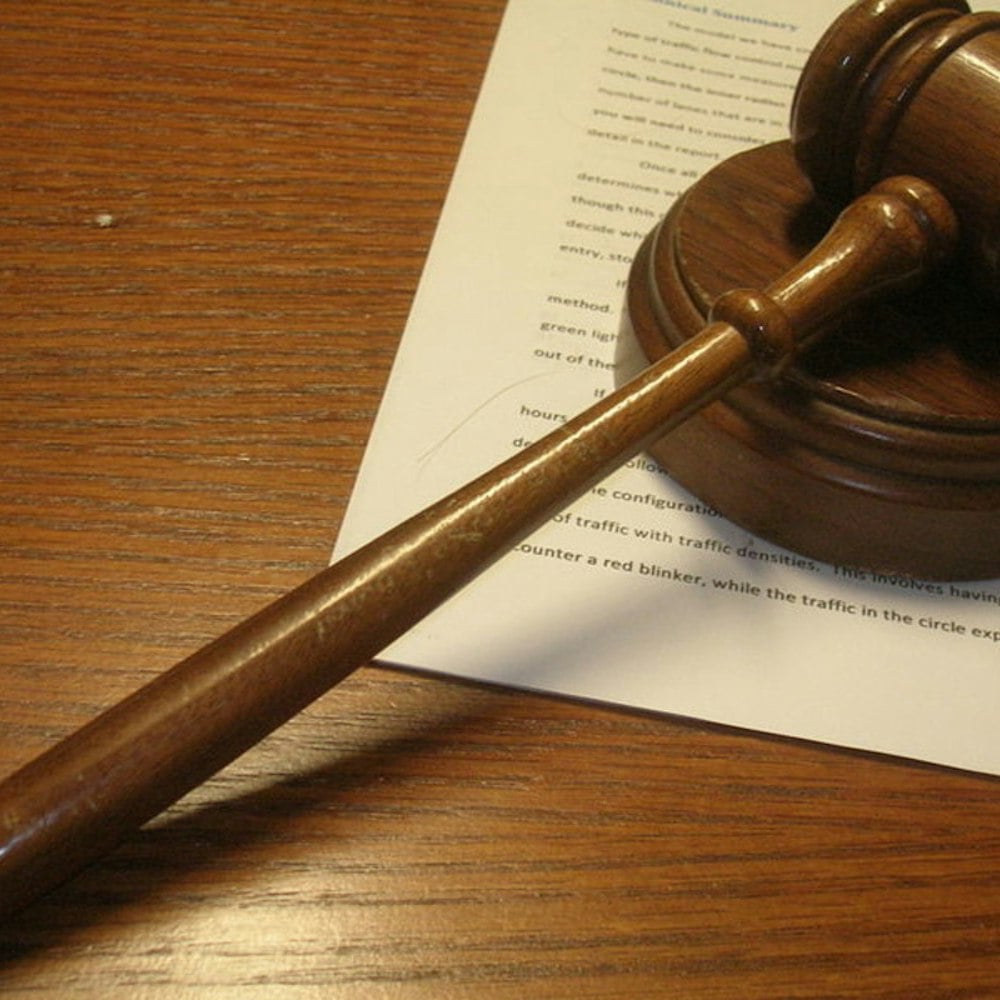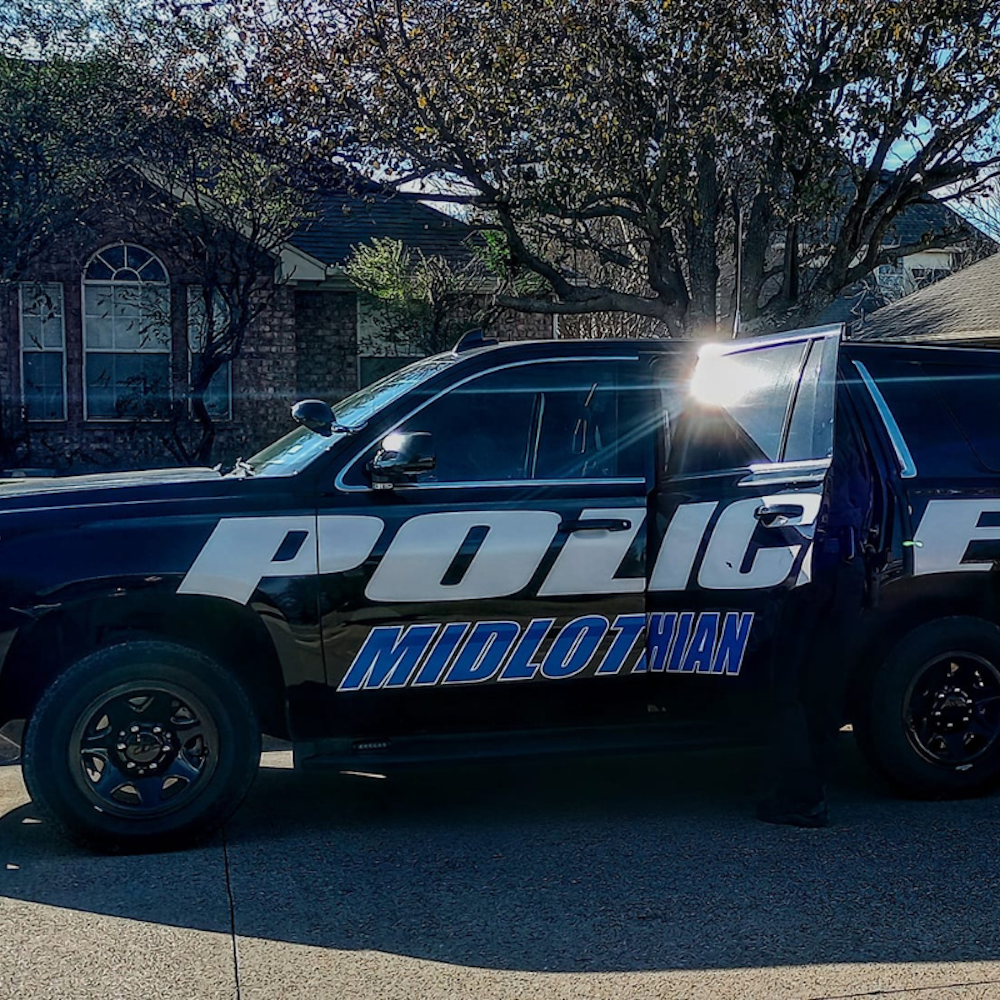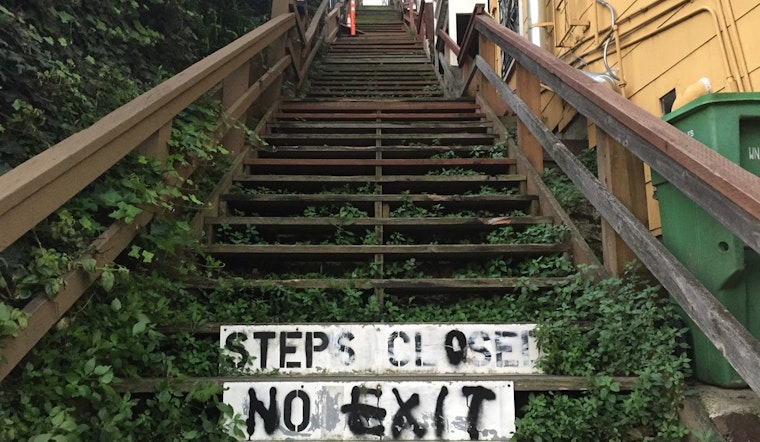
If you've ever gone for a walk up to Twin Peaks from the Castro, you may have walked by the Iron Alley stairway and noticed the sign that says "Steps Closed - No Exit." That got us wondering: are these steps actually closed?
The short answer is no; you're free to walk up and down them. But there's a far more complicated story about the maintenance of these stairs, and who's responsible for taking care of them.
The 133 wooden steps (give or take a stair) connect Clayton Street and Corbett Avenue at the intersection of three San Francisco neighborhoods: Corbett Heights, Clarendon Heights and Upper Market.
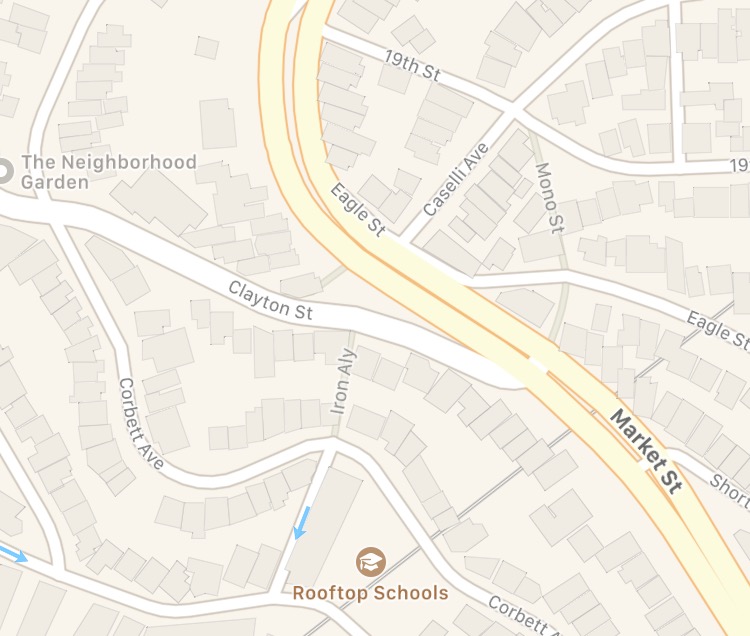
Over the years, the stairs have fallen into disrepair. A few boards have been fixed here and there, but it's clear they could use a complete overhaul. Yet no action has been taken.
Neighbors who live along the stairs have been trying for years to get the city to take responsibility for them. Iron Alley itself is a public right-of-way, with a sewer that runs directly underneath it.
Back in 2007, neighbors undertook an effort to refurbish the stairs, but it only resulted in some of the most damaged boards being replaced. Cones have since been placed over some particularly troublesome areas.
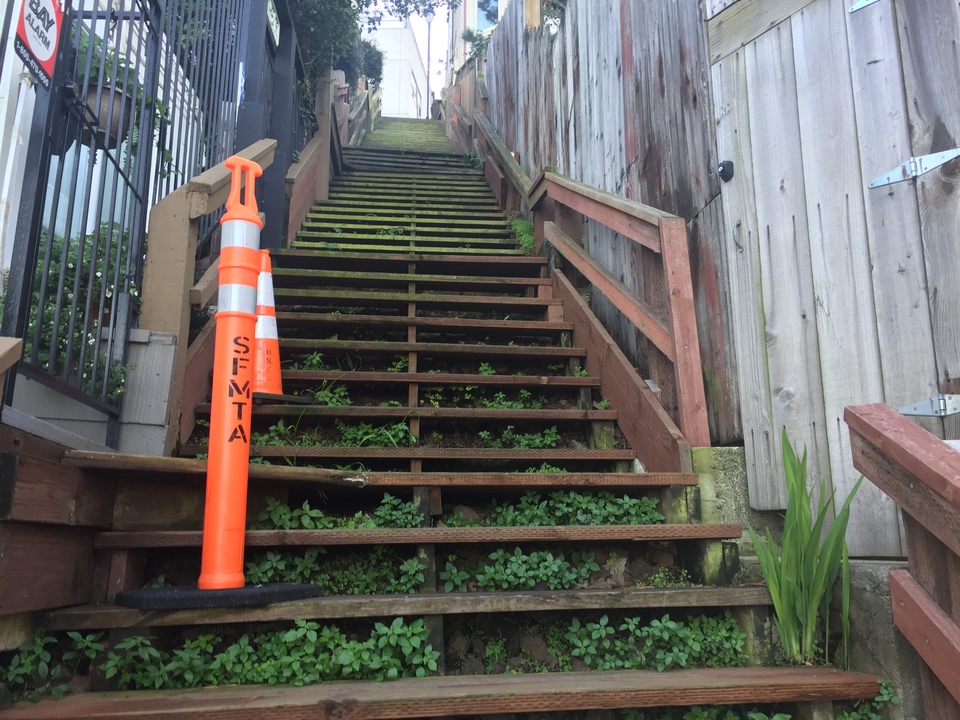
To contemplate the stairs' future, it's important to understand their past. Mary Burk, author of Stairway Walks in San Francisco: The Joy of Urban Exploring, which is now in its eighth edition, gave us a little insight into how they came to be.
"Farmers started up there first, so my guess is the stairs were built mid-20th century," Burk said, likely as a replacement to "either stepped hillside paths, or a prior wooden stairway."
While she could not confirm a conclusive date or time period for the construction of the current stairs, "since they are wooden stairs, it may be that the neighborhood, rather than the city, originally put them into place, since that would be cheaper."
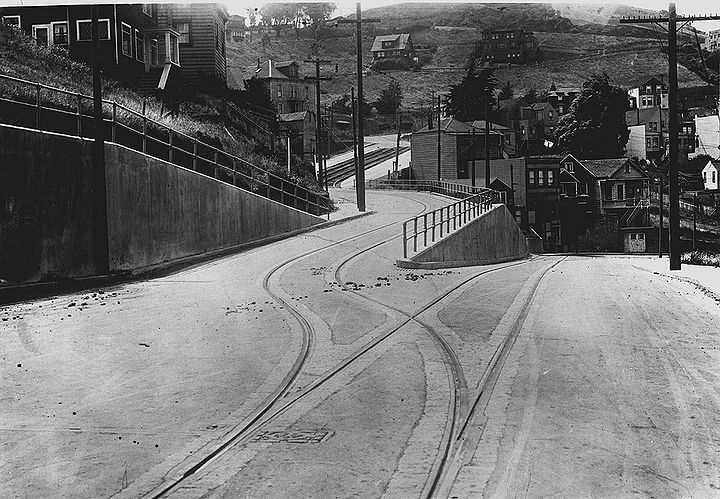
SF Public Works spokesperson Mindy Linetzky was unable to confirm the history of the stairs. However, she did note that Public Works was not responsible for the "Steps Closed - No Exit" sign.
"The wooden portion of the Iron Alley stairs are not accepted for maintenance or repair by the city. It’s the adjoining property owners' responsibility to maintain them," she said.
Their lack of acceptance is "likely due to non-code conformance. If something is dangerous, our folks may make repairs, but the primary upkeep is the responsibility of the adjacent property owners."
Linetzky said the city has many streets and alleys that also don't conform to city code, and which Public Works doesn't maintain. The only exception is "if something is dangerous, then our folks may make repairs. [Otherwise], the primary upkeep is the responsibility of the adjacent property owners."
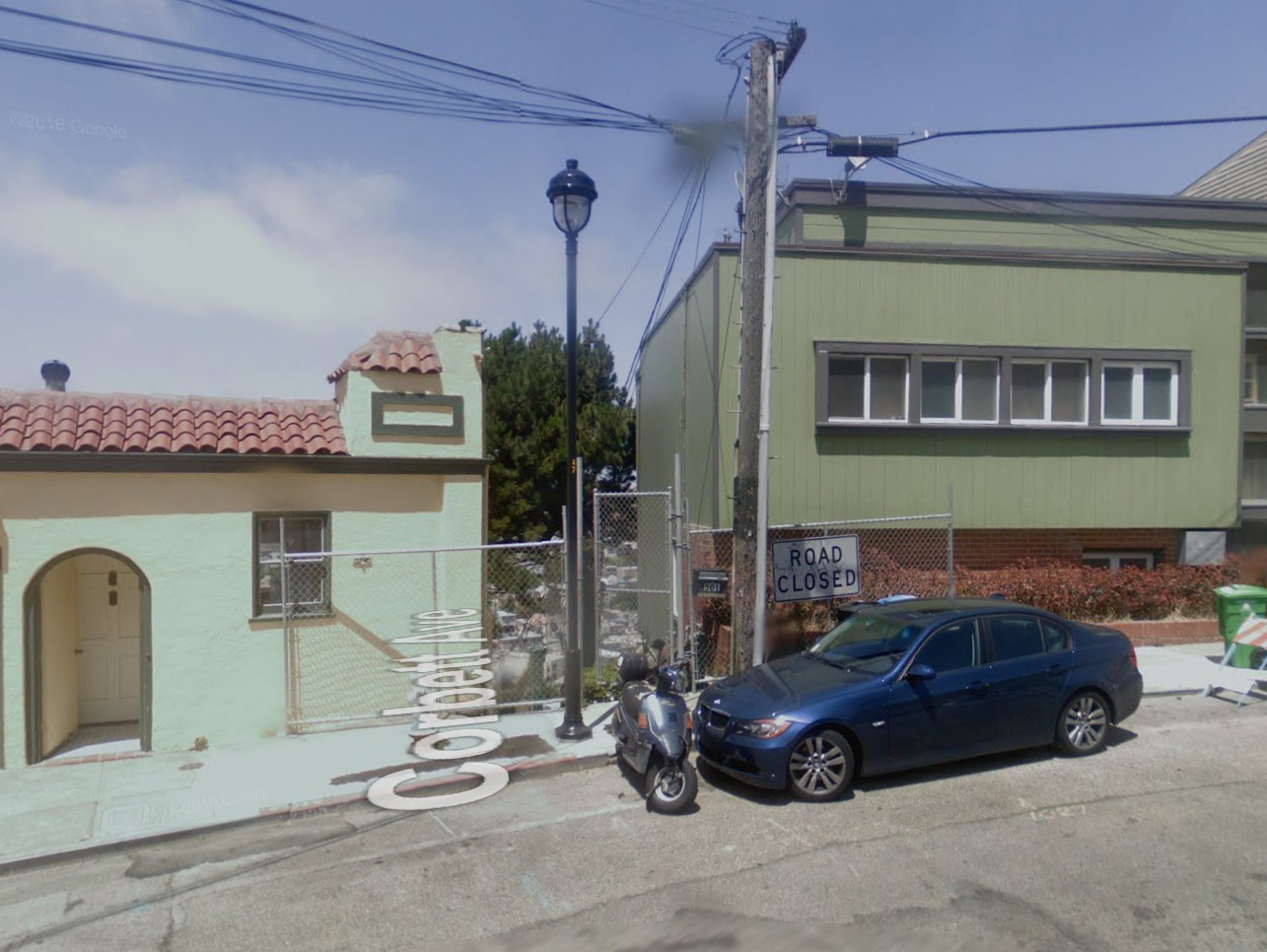
Corbett Heights resident Jeff Kohler has lived at the top of the stairs since 2005. He said he couldn't recall who had put up the sign. "It's as much of a mystery to the people who live here."
Kohler said that from approximately 2006 to 2008, there was a cyclone fence that blocked off the stairs. But "people climbed over the fence and used them anyway," he said.
The stairs "are a hot potato," said Kohler. "They've gone from department to department."
Given San Francisco's proliferation of wooden staircases, Kohler believes "once the city touches one of them, they'll have to fix them all."
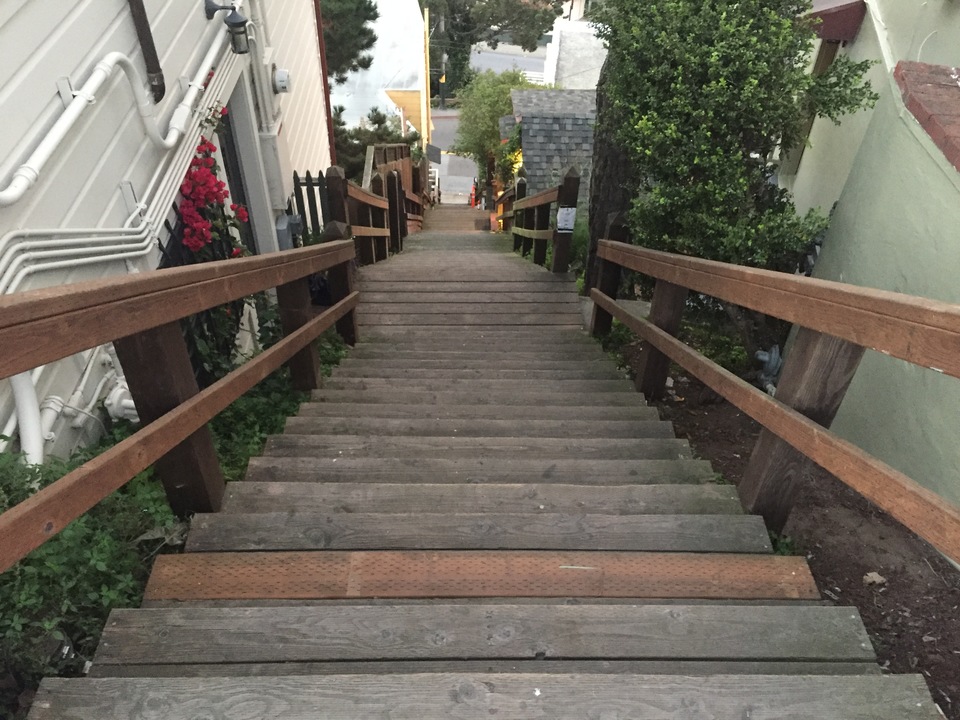
In November, Kohler spotted a Public Works employee replacing a bad board on the steps. He asked the employee if this meant the city was taking ownership of the stairs, but the worker quickly told him he was only there to fix that one board.
Back in 2007, Kohler said, neighbors discussed privatizing the stairs, putting up a gate and restricting access to only residents. But that plan never ended up happening, due to concerns about the public's right of access, and the threat of legal responsibility should someone get injured while using the stairs.
Kohler said he and his neighbors would like to see the city take responsibility for the stairs and their safety. Until then, "they just sit," he said.




